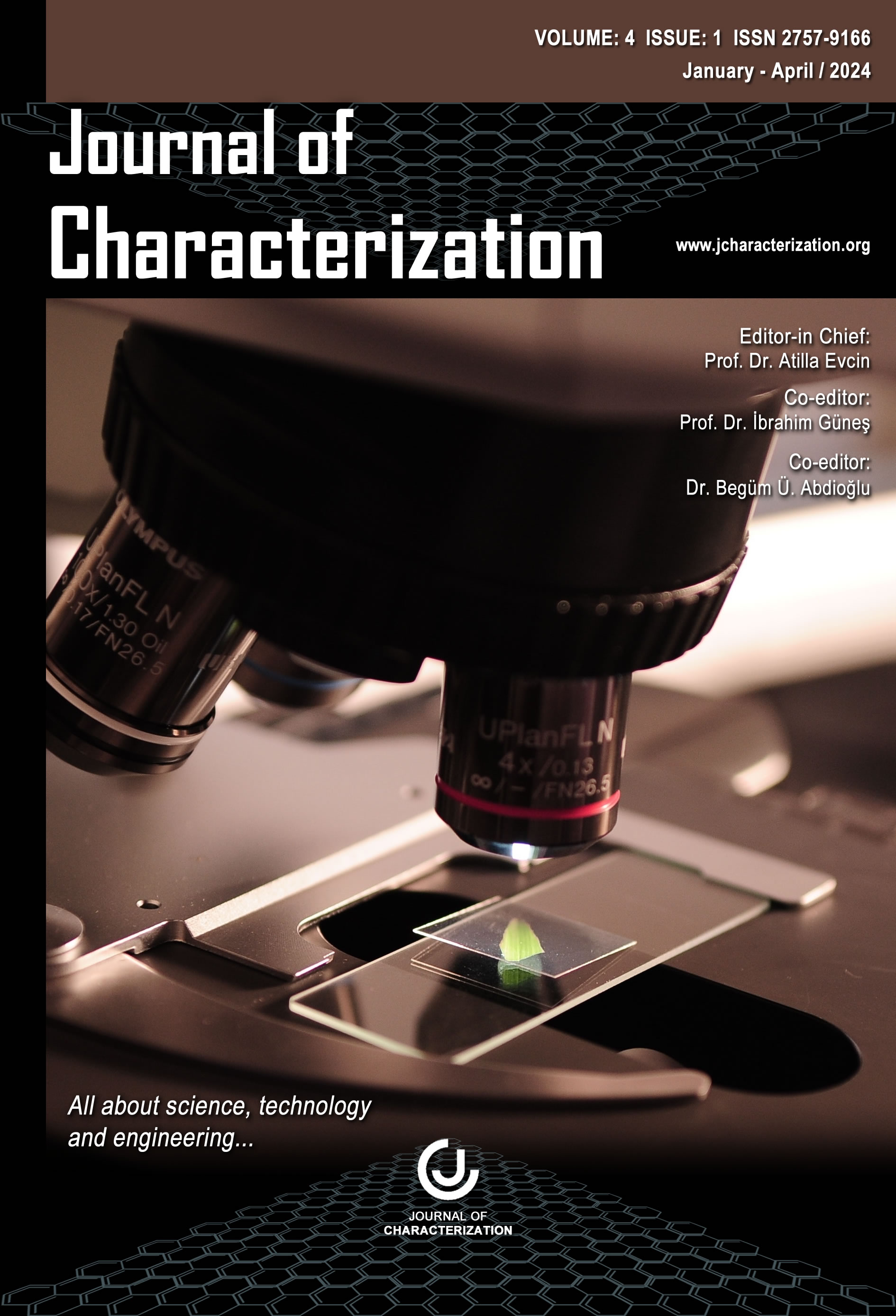Author :
Abstract
Biyoseramik, biyomalzemelerin alt grupları arasında yer alıp, seramiğin yapısında en az bir doğal kökenli malzeme kullanılması durumunda elde edilen malzemedir. Biyoseramik, insan vücudundaki doku ve organların fonksiyonlarını desteklemek veya yerine getirmek üzere kullanılan seramik malzemelere denir. Bu çalışmada başlıca hammadde olarak yumurta kabuğu ve alümina kullanılarak biyoseramik malzeme geliştirilmiştir. Deneysel çalışma kapsamında yumurta kabuğu, kitosan (chitosan) ve alümina kullanılmıştır. Bilindiği üzere Yumurta kabuğu yaklaşık olarak %85-95 kalsiyum karbonat, %1,4 magnezyum karbonat, %0,76 fosfat, %4 organik maddeden oluşmaktadır. Kitin (C8H13O5N)n doğal olarak birçok yerde bulunan, bir glikoz türevi olan N-asetilglikozaminin uzun zincirli polimeridir. Kitinin en önemli türevlerinden biri olan kitosan ise kitinin alkali ortamda kısmen ya da tamamen deasetilasyonu (organik bir bileşikten asetil fonksiyonel grubunun çıkarılması) ile elde edilen polikatyonik özellikte bir biyopolimerdir.
Deneysel çalışmada; 5 farklı biyokompozit reçetesi tasarlanarak karışımlar hazırlanmıştır. Reçeteler kapsamında; alümina (Al2O3), kitosan, yumurta kabuğu, selüloz, β-trikalsiyum fosfat (TCP) kullanılmıştır. Hazırlanan karışımlar değirmende 15 saat boyunca karıştırılmış, değirmende karıştırıldıktan sonra elde edilen karışımlar hidrolik preste 30 bar basınç altında preslenerek pelet haline getirilmiştir. Tüm reçeteler içinde ham mukavemet açısından yumurta kabuğu, kitosan ve alumina içeren ES-03 kodlu reçeteye ait numuneler en iyi sonucu vermiştir. Akabinde ES-03 kodlu reçetesine ait numunelere 4 farklı sıcaklıkta (1375°C-1400°C–1450°C-1475°C) sinterleme prosesi uygulanmış olup, bu numunelere XRD, SEM analizi, yoğunluk, porozite ve su emme testleri yapılarak biyokompozit numuneler karakterize edilmiştir.
Keywords
Abstract
Bioceramics is among the subgroups of biomaterials and is the material obtained when at least one material of natural origin is used in the structure of the ceramic. Bioceramics are ceramic materials used to support or fulfill the functions of tissues and organs in the human body. In this study, a bioceramic material was developed using eggshell and alumina as the main raw materials. Eggshell, chitosan and alumina were used in the experimental study. As it is known, eggshell consists of approximately 85-95% calcium carbonate, 1.4% magnesium carbonate, 0.76% phosphate and 4% organic matter. Chitin (C8H13O5N)n is a long-chain polymer of N-acetylglucosamine, a glucose derivative that occurs naturally in many places. Chitosan, one of the most important derivatives of chitin, is a polycationic biopolymer obtained by partial or complete deacetylation (removal of the acetyl functional group from an organic compound) of chitin in an alkaline environment.
In the experimental study; Mixtures were prepared by designing 5 different biocomposite recipes. Within the scope of prescriptions; alumina (Al2O3), chitosan, eggshell, cellulose, β-tricalcium phosphate (TCP) were used. The prepared mixtures were mixed in the mill for 15 hours, and after mixing in the mill, the mixtures obtained were pressed in the hydraulic press under 30 bar pressure and turned into pellets. Among all recipes, the samples belonging to the recipe coded ES-03, which contains eggshell, chitosan and alumina, gave the best results in terms of raw strength. Subsequently, the sintering process was applied to the samples belonging to the recipe coded ES-03 at 4 different temperatures (1375°C-1400°C–1450°C-1475°C), and by performing XRD, SEM analysis, density, porosity and water absorption tests, biocomposite samples were obtained. has been characterized.





